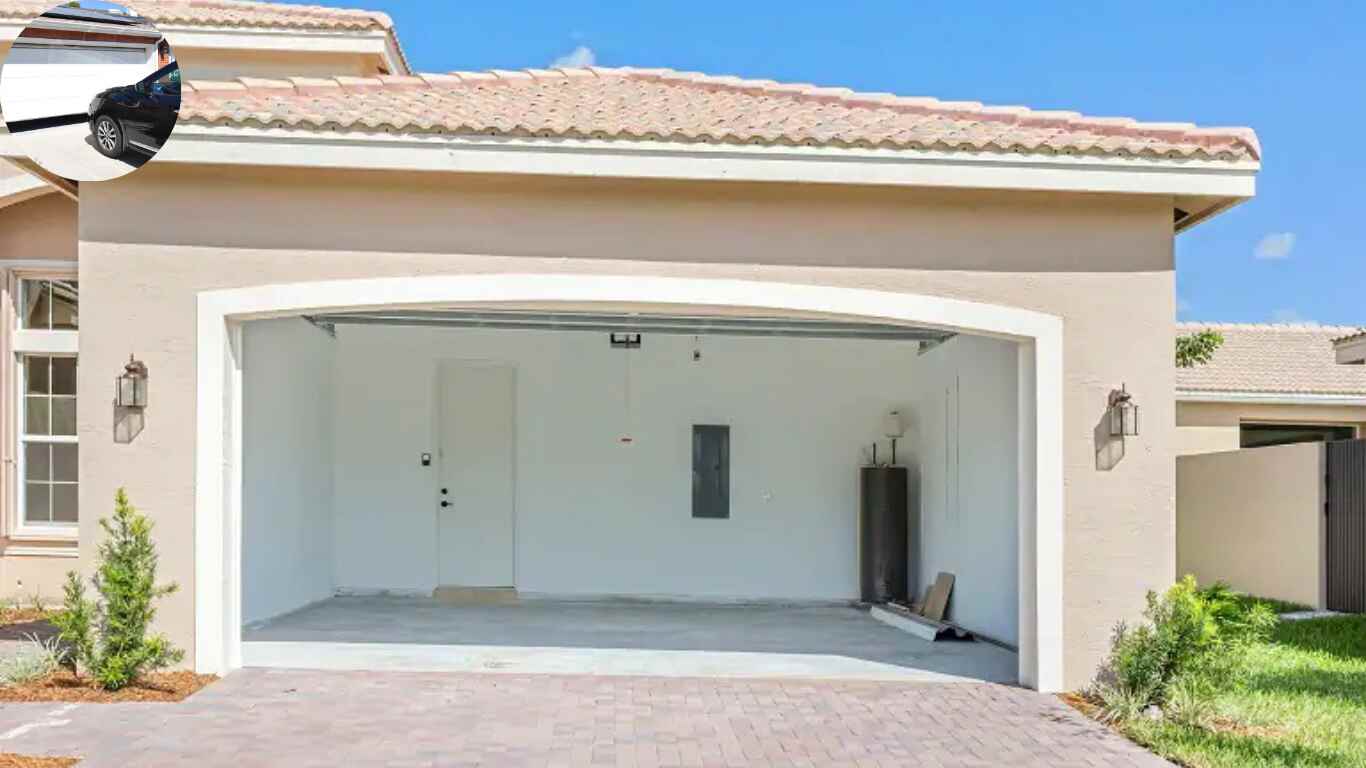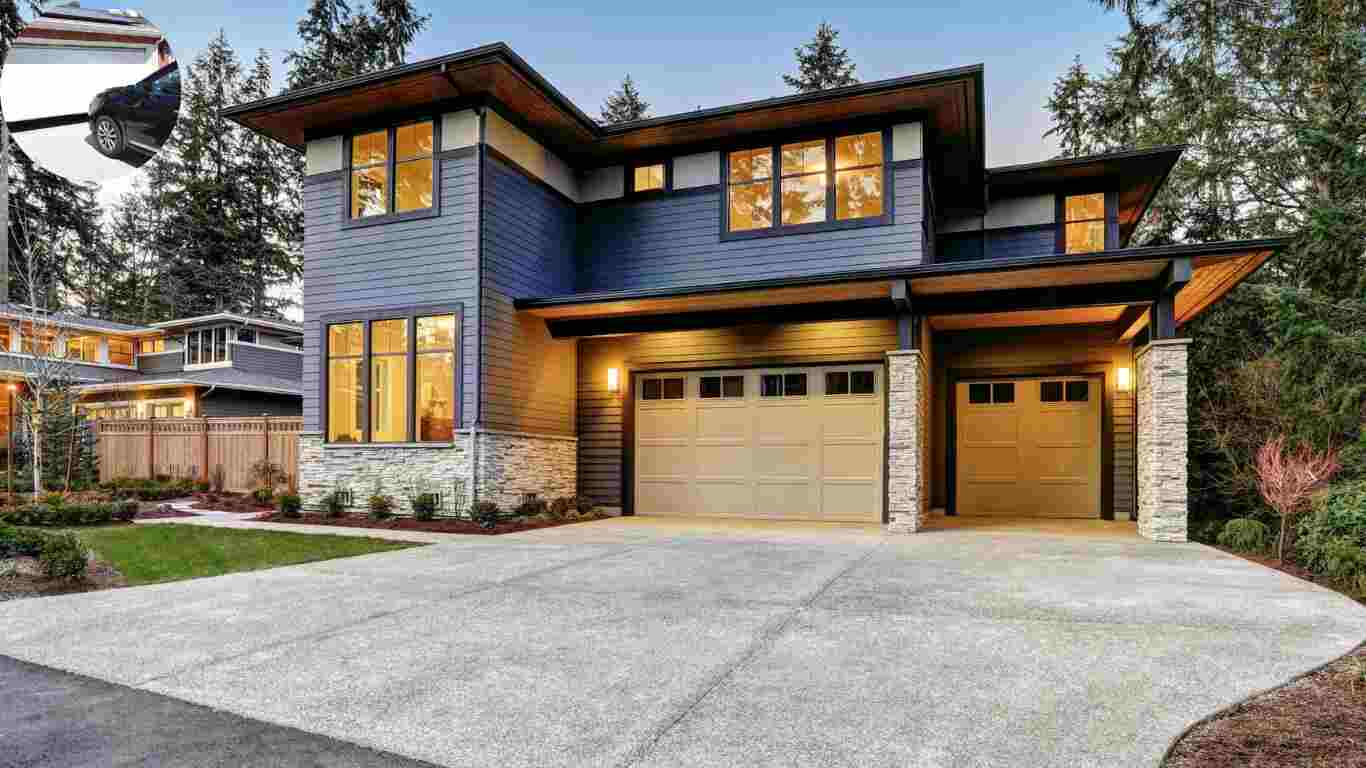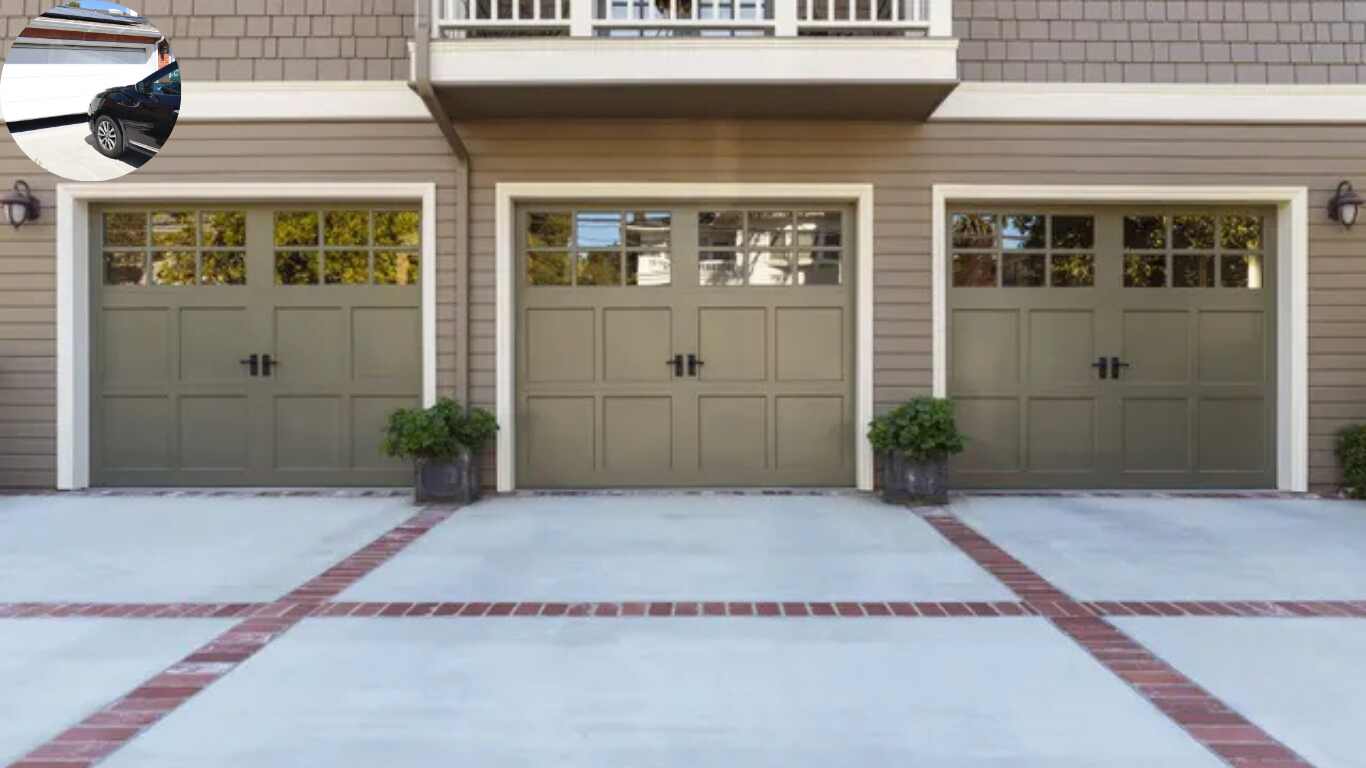Many homeowners often wonder, “Does leaving your garage door open cool house?” It’s a question that sparks debates among energy-conscious individuals, security enthusiasts, and those seeking comfort during hot summer days. While the idea of propping your garage door open might sound like a quick fix for improving airflow or reducing indoor heat, the reality is far more complex.
| Factor | Effect of Leaving Garage Door Open | Expert Notes |
|---|---|---|
| Cooling the House | Minimal to none | Not an effective way to significantly cool your home; may provide some airflow but little impact. |
| Cooling the Garage | Possible, if outside air is cooler | Can help vent hot air if outdoor temperature is lower than inside garage. |
| Air Circulation | Slight improvement | Cross-ventilation possible, especially with a breeze and if other doors/windows are open. |
| Energy Efficiency | Can worsen | May let cool, air-conditioned air escape, increasing energy costs. |
| Pest Risk | High | Open doors attract pests, insects, and even animals like raccoons. |
| Security Risk | High | Increases risk of break-ins and theft. |
| Dust/Debris Entry | Increased | Dust, dirt, and environmental debris more likely to enter. |
| Best Use Case | Early morning/evening if cooler outside | Only beneficial when outside air is cooler than inside, and for short periods. |
| Alternative Solutions | Insulation, fans, proper ventilation | Experts recommend insulation, fans, or dedicated AC for garage over leaving door open. |
Understanding Garage Ventilation and Home Temperature
How Garages Affect Home Climate
Garages play a unique role in your home’s overall climate. For homes with attached garages, the garage acts as a transitional space between the indoors and the outdoors. Heat in the garage can transfer into your living spaces through walls, doors, or ceilings, especially if the garage is not well-insulated.
Detached garages, however, don’t directly impact your home’s temperature unless there are shared ventilation systems or openings that connect them. However, even in this case, the garage can still trap heat, creating a hot environment that may indirectly influence surrounding areas, such as patios or driveways.
Key Point: Heat transfer occurs through conduction (shared walls), convection (air movement), or radiation (heat emitted from surfaces). This is why the condition of your garage matters when trying to cool your house.
The Science of Airflow and Cooling
To answer whether leaving your garage door open cools your house, we must first understand the airflow basics. When a garage door is open:
- Air Exchange: Cooler outdoor air can flow into the garage while hot, stagnant air escapes.
- Ventilation: Increased airflow can reduce heat buildup inside the garage.
However, the cooling effect depends on several factors:
- Outdoor Temperature: If it’s hotter outside, leaving the garage door open may worsen by letting in hot air.
- Airflow Patterns: Air may not circulate efficiently without proper ventilation or fans.
Opening the garage door may help adjacent rooms feel slightly cooler in some cases, but it’s unlikely to cool the entire house effectively. Let’s explore this in more detail.
Does Leaving Your Garage Door Open Cool Your House?
Potential Cooling Benefits
There are some potential benefits to leaving your garage door open for ventilation:
- Improved Air Circulation: By allowing air to flow freely, you can reduce the heat trapped inside the garage. This might help cool down nearby rooms that share walls with the garage.
- Temporary Relief: If you’re working in the garage, an open door can make the space more comfortable by letting in fresh air.
Other strategies, like opening windows or using attic fans, can complement this approach. However, the benefits are highly situational and depend on weather conditions and your home’s layout.
You may also read(how to hear ring doorbell inside house)
Limitations and Myths
While the idea sounds promising, there are major limitations:
- Doesn’t Cool the Whole House: Leaving the garage door open won’t significantly lower the temperature of your living spaces. Your air conditioning system is designed to cool the house independently; the garage is not part of that system.
- Heat Sink Effect: If your garage is uninsulated, it can act as a heat sink, absorbing and radiating heat into adjacent areas.
- Hot Air Influx: During heatwaves or hot summer days, opening doors can introduce even more heat into the garage and nearby spaces.
So, while it might help in specific conditions, it’s not a reliable cooling solution.
Energy Efficiency Considerations
Leaving your garage door open might seem like a way to ease the burden on your air conditioning, but it can increase energy waste. Here’s why:
- Hot Air Exposure: Hot air entering your garage can seep into your home, forcing your AC to work harder.
- Energy Loss: An open garage door reduces your home’s thermal barrier, increasing energy consumption.
This practice may have minimal effects in certain climates with mild temperatures, but generally, it’s not an energy-efficient choice.
Pros and Cons of Leaving Your Garage Door Open
Let’s take a closer look at the advantages and disadvantages of this practice.
Pros
- Improved Airflow: Helps reduce heat buildup in the garage.
- Natural Light: Brightens up the garage without relying on artificial lighting.
- Extended Workspace: The garage feels more open and connected to the outdoors.
- Temporary Comfort: Beneficial when working in the garage for short periods.
Cons
- Security Risks: Open garage doors invite theft and unauthorized access to your home.
- Exposure to Elements: Dirt, debris, pests, and even rain can enter an open garage.
- Mechanical Strain: Leaving the door open for long periods can cause wear and tear on the door mechanisms.
- Safety Concerns: Children, pets, or even wildlife could wander into the garage, leading to hazards.
Quick Comparison
ProsCons
Better airflow Security risks
More natural light Exposure to elements
Extended workspace Increased wear on door mechanisms
Temporary cooling for the garage Safety hazards
Safety and Security Risks
When leaving your garage door open, it’s important to consider potential risks to your home and family.
Increased Risk of Theft and Break-Ins
Open garages are a magnet for thieves. They provide easy access to valuable tools, bicycles, and even entry points into the house.
Exposure to Wildlife and Pests
Rodents, insects, and even stray animals can enter an open garage, causing damage and potential infestations.
Mechanical and Structural Concerns
Leaving your garage door open for long periods can strain the springs and motor, leading to costly repairs.
Safety Tips
- Only leave the door open when you are present.
- Use security cameras and motion sensors for added protection.
- Consider installing garage door timers or smart systems to close it automatically.
Practical Alternatives to Leaving Your Garage Door Open
If cooling your garage or home is a priority, there are safer and more effective alternatives:
Improving Garage Insulation
Insulating your garage and garage door can help regulate temperature year-round.
Installing Vents or Fans
Exhaust fans or passive vents can improve airflow without compromising security.
Using Screen Doors
Retractable screens keep pests out while allowing air to circulate.
Smart Home Technology
Automated door systems can ensure the door isn’t left open unnecessarily, enhancing energy efficiency and security.
Conclusion
So, does leaving your garage door open cool house? The answer is: not really. While it might temporarily relieve your garage, it’s not a reliable or efficient way to cool your home. Moreover, security, energy efficiency, and safety risks often outweigh the potential benefits.
Instead, consider practical alternatives like improved insulation, ventilation systems, or smart technology to achieve your cooling goals without compromising safety or comfort.
You may also read(can a tornado destroy a brick house)
